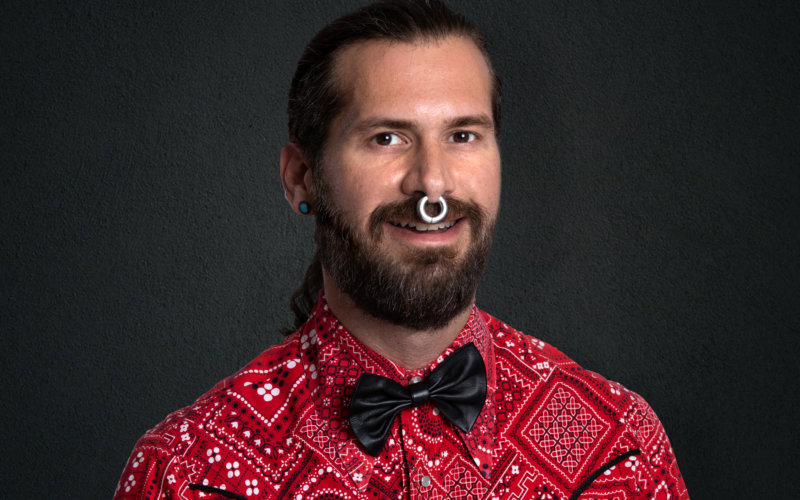
Discomfort and finding pleasure in feeling disturbed has been a major theme of 21st century television.
It started in the mid-2000s when shows like “The Wire,” “Intervention,” “Girls,” and “Law & Order: Special Victims Unit” drew audiences with stories of violence, substance abuse and sex crimes.
With the rise of shows featuring sex, violence and unlikeable protagonists in the past 20 years, “Uncomfortable Television,” written by Hunter Hargraves, associate professor of cinema and television arts at Cal State Fullerton, reveals why television uses discomfort as a way of generating audience pleasure.
Other shifts the 2000s brought to American television include the popularity of reality television and social media encouraging fan cultures to develop around every program, Hargraves said.
Hargraves said: “I want readers to have a better understanding of how important discomfort is to our everyday lives right now.”
“Sometimes it’s easy to write off television as too simple or as too manufactured, but because television is still the most popular form of entertainment, it’s all the more important to take it seriously and unpack what it has to say about our culture and how it can register changes within our culture.”
“It is so important to understand—why irritation, anxiety, dread, and addiction tend to define so much of our everyday habits and behaviors on- and off-screen.”
For more information visit communications.fullerton.edu.